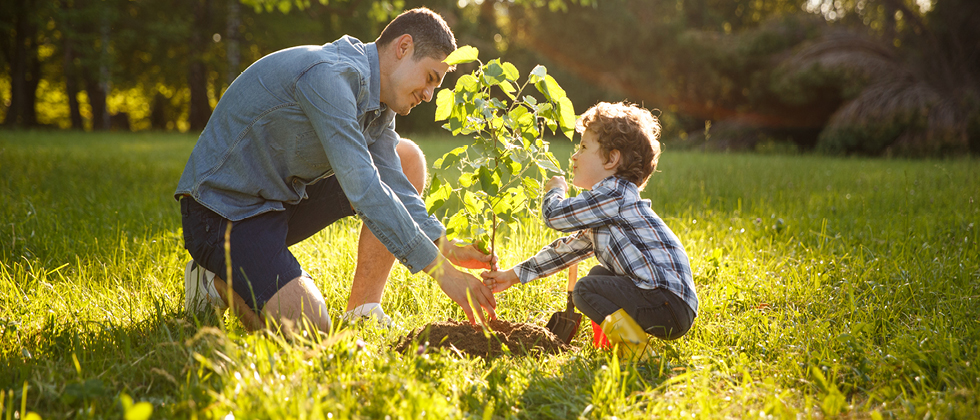Thank you! A member of the intake team will be in touch with you shortly to finalise your booking.
mental health
Ignoring Psychosocial Health in the Workplace: A Risky Oversight
Read More
The Positive Impact of COVID on our Environment
There is no question, we have endured major disruption over the last two years though with all bad, comes good and rather than focusing on the negatives, it is helpful to consider the positives. The global pandemic has changed the way in which we live and work. For many months, workers were subjected to either working from home (WFH) or a hybrid model working both from home and the office. Despite some discomfort being confined to your home residence, often 24 hours a day and 7 days a week, it had a vast, positive impact on the environment that became evident quite early in 2020.
To commemorate Earth Day, we’re taking this opportunity to reflect upon the key learnings that came out of the pandemic and highlight the positive impact of change on the world that we live in. We need to learn from our past mistakes and ensure this positive change lives on, so that not only our environment can reap the benefits, but consequentially, we can too.
COVID has seen great climate change. Water quality was positively impacted due to fewer commercial activities at beaches and harbours, and there was less sewage, industrial effluent and agricultural wastewater. Air quality has improved in many cities due to movement restrictions, slowing down social and economic activities. Greenhouse gas emissions have dropped due to industry, business and transportation shutdowns. Major sources of pollution have either decreased or stopped completely throughout the pandemic, helping to reduce the pollution load (Yunus et al, 2020). Noise pollution, which can lead to adverse effects on humans such as cardiovascular disease, hypertension and sleep disturbance, as well as impact other living organisms, reduced significantly with the shutdowns and stay-at-home orders.
The short-term reductions in environmental pressures are remarkable: energy-related emissions declined as well as agriculture-related environmental pressures, by 7% and 2%, respectively. The reduction in the use of non-metallic minerals, including construction materials, reached double-digits (OECD, 2021). A small example of the impact - the US was using 1.77 million liters of petrol each day pre-pandemic. With the population at home, global carbon dioxide emissions fell by 6.4%. This decline is remarkable in light of the steady rise over the last few decades.
Now that the world has started to open up and transition to a COVID-normal, we’re now faced with a new challenge as to how we can continue to preserve our environment and sustain the positive impacts of the last two years. People are no longer subjected to stay-at-home orders. Instead, we are driving to work, traveling, seeing friends, gathering in public, and businesses are ramping up to pre-COVID operational levels. We need to find balance and a way to live with our environment in harmony, rather than destroying our surroundings.
Many organisations are supporting a hybrid workforce, especially in knowledge-based roles, which is one key strategy for environmental sustainability. Working part-time from home means less time on the road commuting, less pollution, less carbon emissions and less wastage. Workers, which are now in an advantageous position due to major skill shortages in most industries, are placing greater pressure on organisations to support hybrid working in order to obtain a better work-life balance. It is a new norm that has been tried and tested for more than two years now. Countless studies validate its positive impact on employee productivity and satisfaction levels. A Standford UNiversity study on 16,000 workers over 9 months found that working from home increased productivity by 13%. Another study by ConnectSolutions found that working remotely can increase productivity up to 77%. There are also significant cost savings for both employee and employer when working from home or hybrid working. Why change something that isn’t broken?
We have learnt a great deal from the global pandemic. We need to harness these learnings and use them to our advantage. As business leaders, we must play our part in protecting our environment. If we lead by example and take small steps with vast environmental impact, we are capable of protecting all that we have achieved over the last two years.
At Drake, our people are our greatest asset. We support a hybrid workforce and are committed to making changes within our organisation to protect the environment and ensure its long-term viability.
For Earth Day, we’re running a campaign to buy trees to restore native vegetation along the Australian coastline. Drake WorkWise will be purchasing 24 trees for 24 years in business. If you’d like to contribute to this great cause, you too can buy a tree for $3.30 from our GoFundMe page.